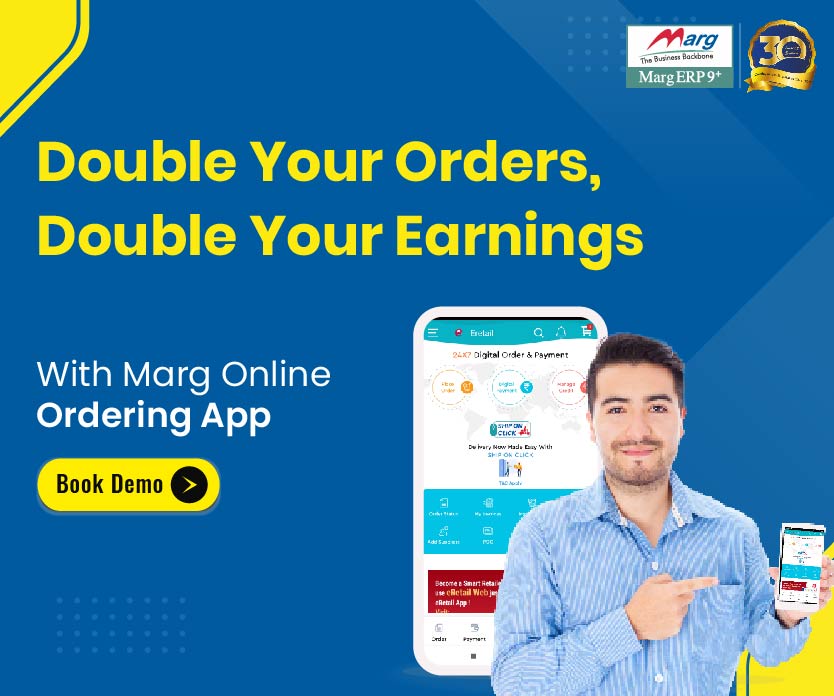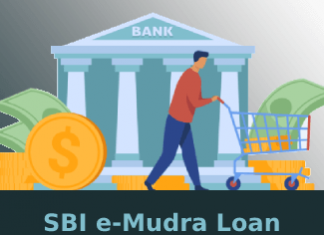Introduction of Make in India Campaign
Make in India program was launched by Prime Minister Narendera Modi on 25th September 2014 as an initiative to encourage various companies to manufacture in India. Make in India is an initiative under Atma Nirbhar Bharat Abhiyan which is dedicated to developing a modern independent India. Make in India’s movement is to attract foreign capital to invest in Indian manufacturing companies to create more employment options and to transform India into a global design and manufacturing hub. This initiative is to promoting manufacturing companies to produce goods and services in India instead of importing it from other countries and encouraging citizens to use the made in India products only.What is the idea behind Make in India Plan?
The ideology behind the Make in India plan was to generate more employment, saving the nation’s money from exporting goods that can be or used to manufacture in India, and to create a conducive environment for investments. This movement can help to develop India to become a developed nation quickly. Make in India help to develop a modern and efficient infrastructure and open up new sectors for foreign capital especially after the 100% ownership of FDI. After the launch to give a jump start to this initiative Government of India announces investment commitments up to 16.40 Lakh crore and investment inquiries worth of 1.5 lakh crore from September 2014 to February 2016. As a result, India emerged globally as the favorite destination for Foreign Direct Investment in 2015. According to the new policy, 100 % FDI is permitted in all 100 sectors, except the defense industry, space industry, and Indian media. In terms of FDI,(Foreign Direct Investment) India even surpasses the United States and China in 2015. India is becoming the new hotspot for foreign investments. At the start of Make in India movement, there were 25 economic sectors targeted for job creation and skill enhancement.
What are the Objectives of Make in India Scheme?
Make in India was launched by keeping three objectives in mind and if achieved successfully can transform India and stand out among the major developed countries.Three main Objectives of Make in India are as Follows:
- To enhance the growth of the manufacturing sector of India by 12-14% annually.
- To create 100 million additional manufacturing jobs in the Indian economy by 2022.
- To ensure the contribution of the manufacturing sector in GDP is increased by 25% by 2022.
Which Sectors get benefit under Make In India Initiative?
At the beginning of the Make in India movement, 25 sectors were covered to give a boost to the economy and to attract foreign investment. Make in India focuses on the following 25 Sectors.Sectors of The Economy:
- Automobiles
- Auto Components
- Aviation
- Biotechnology
- Chemicals
- Construction
- Defense manufacturing
- Electrical machinery
- Electronic system design and manufacturing
- Food processing
- IT and BPM
- Leather
- Media and entertainment
- Mining
- Oil and gas
- Pharmaceuticals
- Ports
- Railways
- Renewable energy
- Roads and highways
- Space
- Textiles
- Thermal Power
- Tourism and Hospitality
- Wellness
How many Products comes under Make in India Scheme?
The contributions of the Swedish companies are the best example of Make in India products. These manufacturing units are contributing to the GDP of India for a very long time. They have helped to create tons of thousands of employees over the years.There are 5 main products under the Make in India initiative are as follows:
- Tetra Pak (packaging)
- IKEA (Furniture)
- HALDEX (Slack Adjusters)
- ERICSSON (Mobile Phones)
- ASTRAZENECA (Pharmaceuticals)
What are the Eligibility Criteria & Registration Process For Make In India?
There are mainly three eligibility criteria for Make in India for Manufacturers which are :- General,
- Technical, and
- Financial.
- General Category: In the General category, the Applicant entity should be an Indian company, the applicant’s allied entity should not be banned, and applicants will include companies’ trust as well as individuals.
- Technical Category: In the Technical category, Vendors should be a manufacturing entity and not a trading company except in the case of OEM Participants. Must have a minimum of 2 years of manufacturing experience and previous experience of integration is required if the product involves an integration system.
- Financial Category: In Financial Category, the Minimum average annual turnover for the last three years should not be less than 10% of the estimated cost. The net worth of entities should not be less than 5% of the estimated growth and the entity should have a minimum credit rating equal to the CRISIL rating.









































Thanks for such an great post.
Make in India initiative promises to remove all the hurdles to make India an ideal destination for foreign investments to set up industries here.
Greetings! Very helpful advice in this particular post! It’s the little changes that produce the biggest changes. Thanks a lot for sharing!